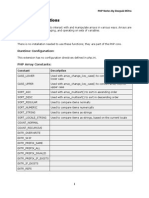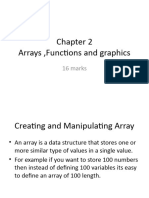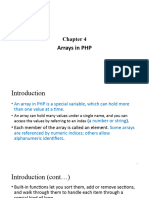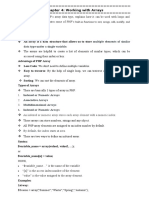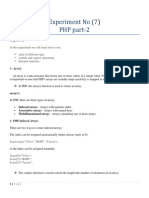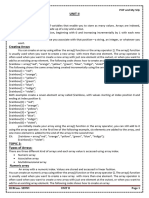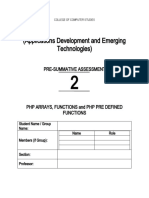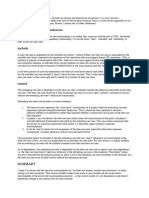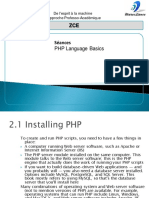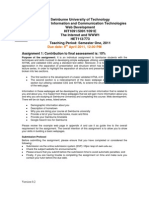0% found this document useful (0 votes)
68 views81 pagesZCE (Array) PDF
The document discusses PHP arrays, including indexed arrays and associative arrays. It covers initializing arrays, accessing array elements, looping through arrays using foreach, sorting arrays, modifying arrays using functions like array_splice() and array_replace(), and the PHP Standard Library (SPL) which contains classes and interfaces for working with aggregate data structures like arrays.
Uploaded by
Abdelahad SatourCopyright
© © All Rights Reserved
We take content rights seriously. If you suspect this is your content, claim it here.
Available Formats
Download as PDF, TXT or read online on Scribd
0% found this document useful (0 votes)
68 views81 pagesZCE (Array) PDF
The document discusses PHP arrays, including indexed arrays and associative arrays. It covers initializing arrays, accessing array elements, looping through arrays using foreach, sorting arrays, modifying arrays using functions like array_splice() and array_replace(), and the PHP Standard Library (SPL) which contains classes and interfaces for working with aggregate data structures like arrays.
Uploaded by
Abdelahad SatourCopyright
© © All Rights Reserved
We take content rights seriously. If you suspect this is your content, claim it here.
Available Formats
Download as PDF, TXT or read online on Scribd
/ 81



